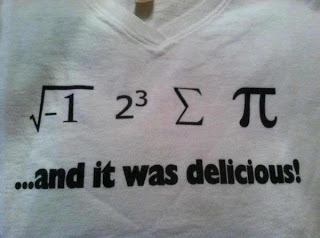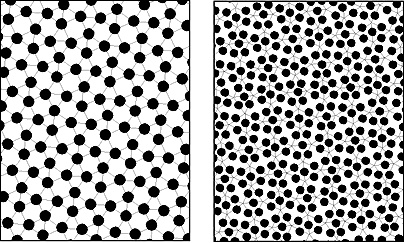1299
points
Questions
36
Answers
150
-
- 1,626.2K views
- 2 answers
- 0 votes
-
- 1,627.1K views
- 1 answers
- 0 votes
-
- 1,633.9K views
- 2 answers
- 0 votes
-
- 1,632.0K views
- 1 answers
- 0 votes
-
- 1,626.2K views
- 2 answers
- 0 votes
-
First of all, I would redefine the concept of thegreen synthesis, because I don’t want to reducethis to an obvious statement and swear thatblack is white
View SolutionSubmit Solution- 1,627.1K views
- 2 answers
- 0 votes
-
Also known as Hempel’s Paradox, for the German logician who proposed it in the mid-1940s, the Raven Paradox begins with the apparently straightforward and entirely true statement that “all ravens are black.”
The paradox here is that Hempel has apparently proved that seeing an apple provides us with evidence, no matter how unrelated it may seem, that ravens are black. It’s the equivalent of saying that you live in New York is evidence that you don’t live in L.A., or that saying you are 30 years old is evidence that you are not 29. Just how much information can one statement actually imply anyway?
View SolutionSubmit Solution- 1,626.7K views
- 1 answers
- 0 votes
-
Imagine that a farmer has a sack containing 100 lbs of potatoes. The potatoes, he discovers, are comprised of 99% water and 1% solids, so he leaves them in the heat of the sun for a day to let the amount of water in them reduce to 98%. But when he returns to them the day after, he finds his 100 lb sack now weighs just 50 lbs. How can this be true? Well, if 99% of 100 lbs of potatoes is water then the water must weigh 99 lbs. The 1% of solids must ultimately weigh just 1 lb, giving a ratio of solids to liquids of 1:99. But if the potatoes are allowed to dehydrate to 98% water, the solids must now account for 2% of the weight—a ratio of 2:98, or 1:49—even though the solids must still only weigh 1lb. The water, ultimately, must now weigh 49lb, giving a total weight of 50lbs despite just a 1% reduction in water content. Or must it?
Although not a true paradox in the strictest sense, the counterintuitive Potato Paradox is a famous example of what is known as a veridical paradox, in which a basic theory is taken to a logical but apparently absurd conclusion.
View SolutionSubmit Solution- 1,628.5K views
- 1 answers
- 0 votes
-
In his final written work, Discourses and Mathematical Demonstrations Relating to Two New Sciences (1638), the legendary Italian polymath Galileo Galilei proposed a mathematical paradox based on the relationships between different sets of numbers. On the one hand, he proposed, there are square numbers—like 1, 4, 9, 16, 25, 36, and so on. On the other, there are those numbers that are not squares—like 2, 3, 5, 6, 7, 8, 10, and so on. Put these two groups together, and surely there have to be more numbers in general than there are justsquare numbers—or, to put it another way, the total number of square numbers must be less than the total number of square and non-square numbers together. However, because every positive number has to have a corresponding square and every square number has to have a positive number as its square root, there cannot possibly be more of one than the other.
Confused? You’re not the only one. In his discussion of his paradox, Galileo was left with no alternative than to conclude that numerical concepts like more, less, or fewer can only be applied to finite sets of numbers, and as there are an infinite number of square and non-square numbers, these concepts simply cannot be used in this context.
View SolutionSubmit Solution- 1,627.0K views
- 1 answers
- 1 votes
-
Imagine a fletcher (i.e. an arrow-maker) has fired one of his arrows into the air. For the arrow to be considered to be moving, it has to be continually repositioning itself from the place where it is now to any place where it currently isn’t. The Fletcher’s Paradox, however, states that throughout its trajectory the arrow is actually not moving at all. At any given instant of no real duration (in other words, a snapshot in time) during its flight, the arrow cannot move to somewhere it isn’t because there isn’t time for it to do so. And it can’t move to where it is now, because it’s already there. So, for that instant in time, the arrow must be stationary. But because all time is comprised entirely of instants—in every one of which the arrow must also be stationary—then the arrow must in fact be stationary the entire time. Except, of course, it isn’t.
View SolutionSubmit Solution- 1,627.5K views
- 1 answers
- 1 votes






